Minor Smoke Damage DIY Guide
The following tips and recommendations represent a brief summary of the different steps taken during a smoke or fire damage process. This material has been prepared to help you understand how complex a smoke damage could be and hopefully help you minimize an immediate problem while well-qualified help arrives.
The goal should be to transform a smoke and/or a fire damaged structure into a environment that is clean, safe, and free of unpleasant odors. To accomplish this, the structure (walls, ceilings and floors) and its contents (furniture, cloths, drapery, rugs, etc) must be returned to equal or better appearance and cleanliness than before the damage occurred, in the most economic and efficient way possible. You will also be dealing with Volatile organic compounds (VOC’s) (odors) like polycyclic aromatic hydrocarbons (PAH’’s) commonly produced during and following a fire.
You may be anxious to clean your home after a fire, but unless you take the time to get professional advice, you may be wasting your efforts or creating additional damage.
Please check our Smoke and Fire Damage page, where we go more in detail about the different challenges and techniques used to perform a successful fire and smoke damage restoration. Smoke and odor removal could be really tricky. We’ve had cases where the damage is not so obvious, or where customers do not know how extensive the damage is until we inspect the house. We offer FREE smoke damage or fire damage inspection during business hours. Give us a call now (703) 986-3434 we will be happy to assist you.
The following case is a great example on how difficult it could be to discover and get rid of the smoke odor and soot damage . Smoke was coming in from the chimney for several months, the odor was not evident to the home owner because she spent most of the time inside the house and got used to the smell. Family and friends advised her of a possible problem. She called her Insurance Company and they gave her our name and number and this is what we found: (see pictures) (she was extremely surprised and concerned on how much smoke she had been breathing over time) (we cleaned the entire house, the HVAC system, furniture and carpets)
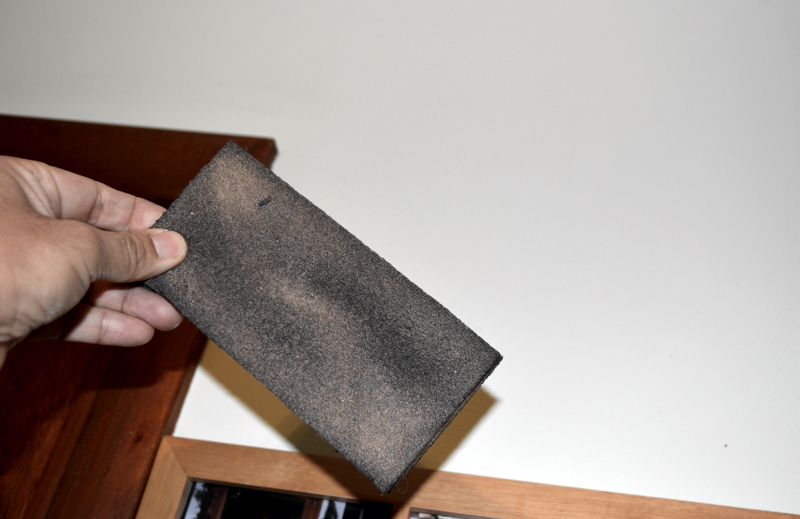
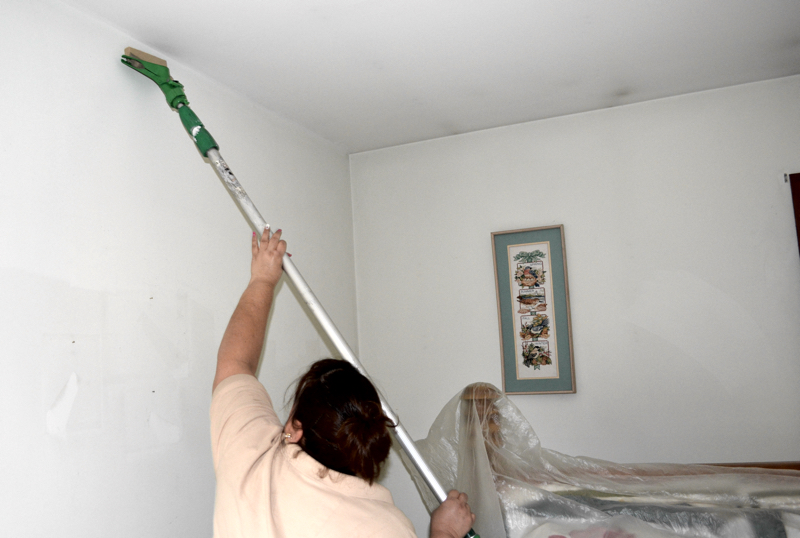
Cleaning the soot yourself
The initial inspection:
As mentioned above, EVERYTHING has to be returned to equal or better appearance
and cleanliness than before. Before you move forward you need to determine the following:
- What caused the fire/smoke? There area several types of soot residues typically produced in a fire that can make the clean up a litle bit more challenging. For instance we have the protein residue results from overcooked or burned meat, fish, or beans, the natural substance odor and residue result from burned paper or wood and the synthetic residue result where the burned material is oil based (Plastic, furniture or drapery constructed with synthetic materials.
- Are the ceiling and walls affected?
- Is the floor affected? What type of floor?
- Is my content affected?
- Is my HVAC system affected?
- Is there any non salvageable items?
- Do I have what I need to clean it?
- Is the damage small enough to handle it myself?
The process:
Let’s work with the following assumptions: You might not know how extensive the damage is, or how much soot damage is present, it is highly recommended to use a dry cleaning soot sponge to inspect walls and ceiling of adjacent and upper areas.
- Cause of fire? burned meat
- Walls and Ceiling affected? Just ceiling and wall in kitchen (including the exterior of cabinets)
- Is the floor affected? Vinyl floor and carpet in the adjacent room. (from walking inside the kitchen)
- Any content affected? Just exterior of refrigerator, and toaster. (small items)
- Is the HVAC affected? Not sure
- Do I have the tools needed for this job? yes
- Can I handle this myself? yes
Tools and items needed for a smoke and soot damage clean up:
- Minimum Personal Protective Equipment. PPE (N95 paper dusk mask, gloves and goggles)
- Vacuum with HEPA filter
- Microfiber towels (they don’t leave any lint or dust)
- Dry Cleaning soot sponges
- soap and water (you can use a mild detergent or dish cleaner and a degreaser)
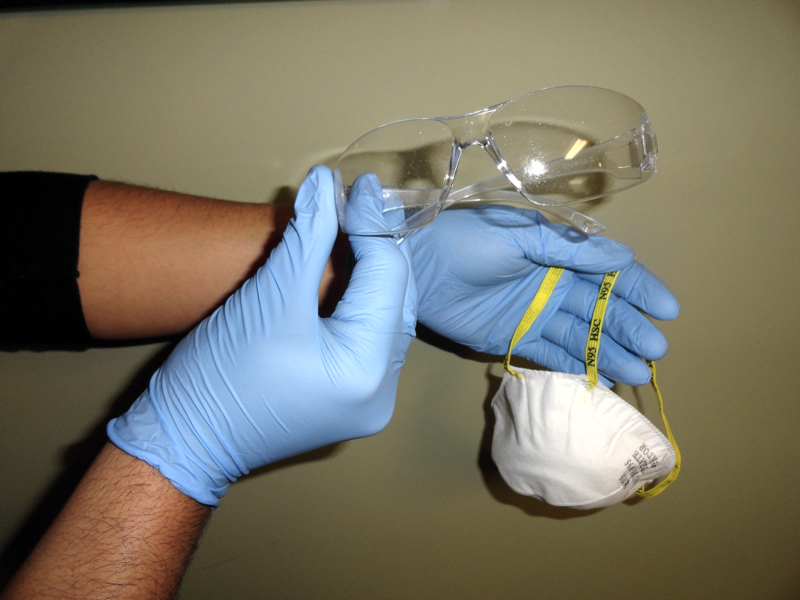
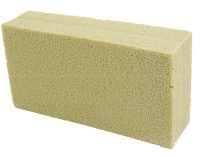
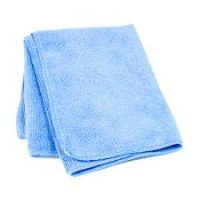
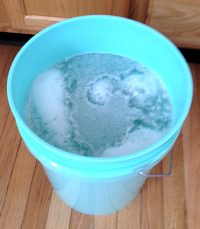
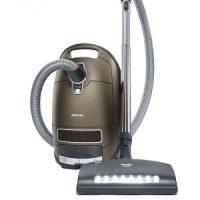
WHAT TO DO NOW ?
- Get the air moving. If possible open windows to ventilate the areas.
- Turn the HVAC off while most of the smoke dissipates and fresh air get inside. (if possible)
- Put on the PPE. Always wear gloves while cleaning semigloss walls or documents. The grease from our hands can leave a permanent stain on it.
- HEPA vacuum every flat surfaces and content with visible soot.
- Clean Ceilings and walls first. Use dry cleaning soot sponges for semigloss surfaces and wet towels (with soap and degreaser) for any smooth surface.
- Clean walls (and cabinets) and ceiling with wet towels. Even tough using water based cleaners is not recommended, it could be really effective if the walls have a high gloss paint. Clean inside kitchen cabinets (cabinet and content) if any visible soot is inside.
- Clean every single item inside the affected area.
- Clean floors
- Remove any drapery and wash it or send it to the dry cleaner.
- Hire a carpet cleaning company to clean the carpets
- Hire an Air Duct Cleaning company to clean your duct work. Sometimes, when the smell is too much and special cleaning to air handler will be required.
- Congratulations! you just did a smoke damage cleanup.
If you suspect an item may get damaged from the water, rubbing alcohol may work instead.
Call us now! (703) 986-3434. We offer FREE water damage inspections and fire and smoke damage inspections during business hours. A small fee for mildew or mold damage inspections.
Contact us for a cost estimate
Cities We Serve
An small fee for a Mold Damage Inspections. Includes a written report about our findings and recommendations. Also includes a detail mold remediation estimate and cleaning protocol based on IICRC standards and guidelines.
